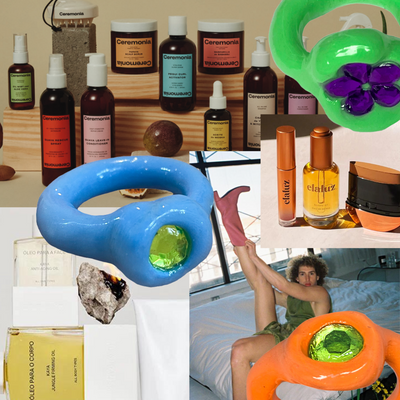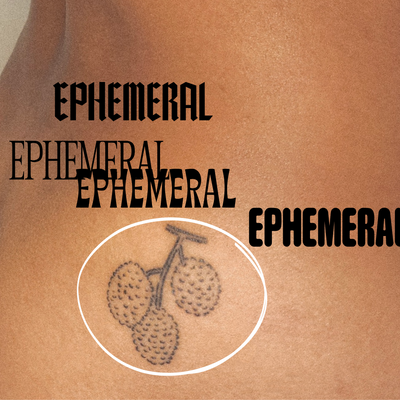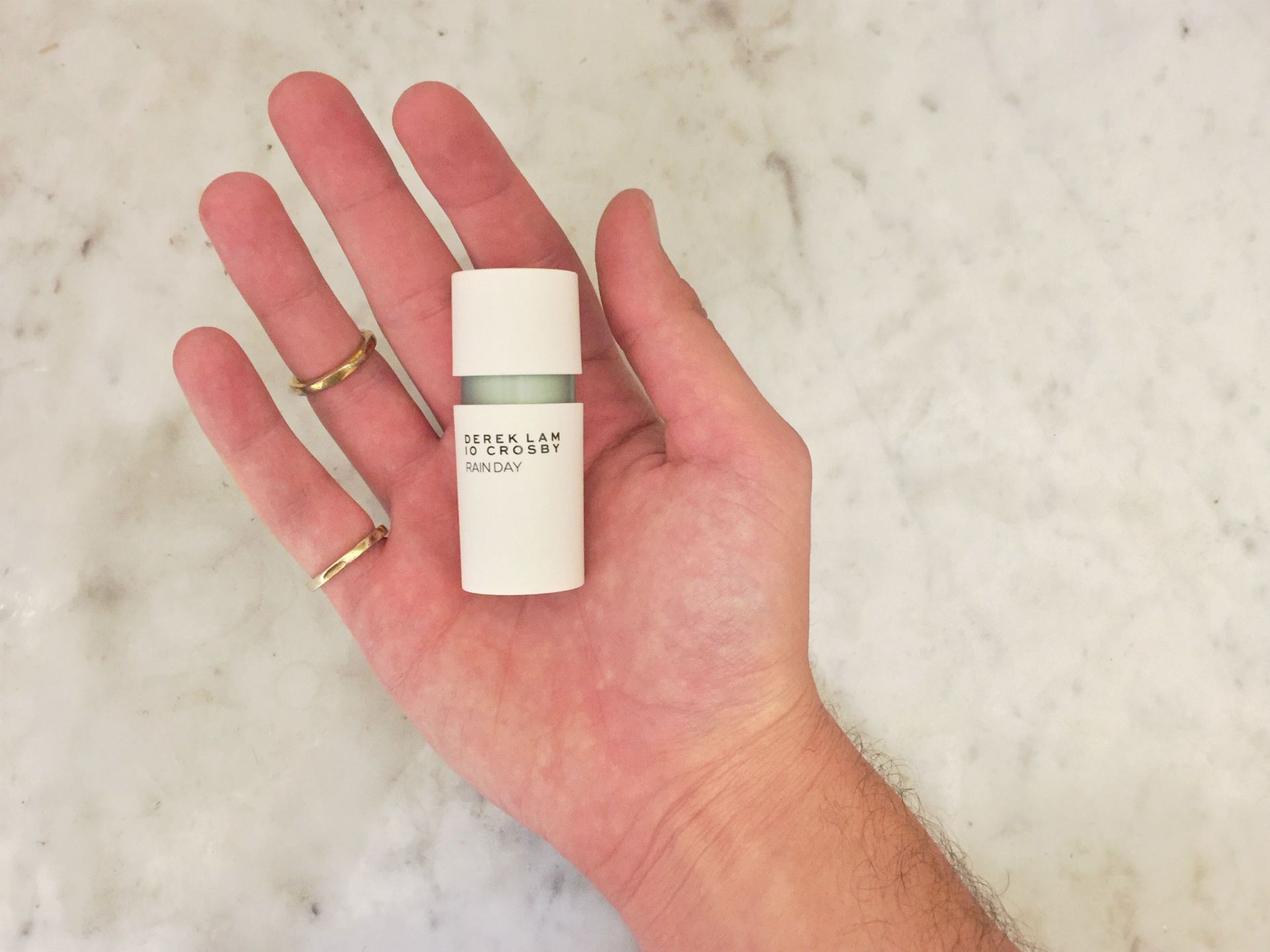
You’re walking down the aisle at any fragrance counter and you see dozens of labels. Some say perfume, others are colognes, then there’s sprays, perfume oils, “Eau de Cologne,” “Eau de toilette” and “Eau de parfum.”
Confused yet?
If you are, you’re not alone. Fragrances are definitely difficult to navigate, especially if it’s your first time shopping for one. For a handy dandy guide, we laid out all the differences below and the terms you’ll need to become a master fragrance shopper.
SEE ALSO: The truth about toxins in your makeup
Fragrances come in a range of formats and concentrations. We’ve laid out the strongest to weakest fragrances for you and how long they last. Keep in mind these numbers are not set in stone but are general guidelines for how perfumeries categorize their scents. For example, there is overlap between the ranges for EDP and EDT.
Perfume Oils – 100% essential oils that comes in a roller ball for easy application. They’re smaller and are usually more affordable than sprays. Usually lasts for the entire day.
Parfum aka perfume – The term comes from the Latin words per fuhum (through smoke). the strongest of these concentrations, consisting of 15-40% (but usually within the 15-20% range) of perfume oils. These essential oils are what gives the fragrance its actual scent, with the rest of the ingredients working to disperse and lock-in the scent on your skin. Think of it like proof for alcohol. Lasts for 24 hours.
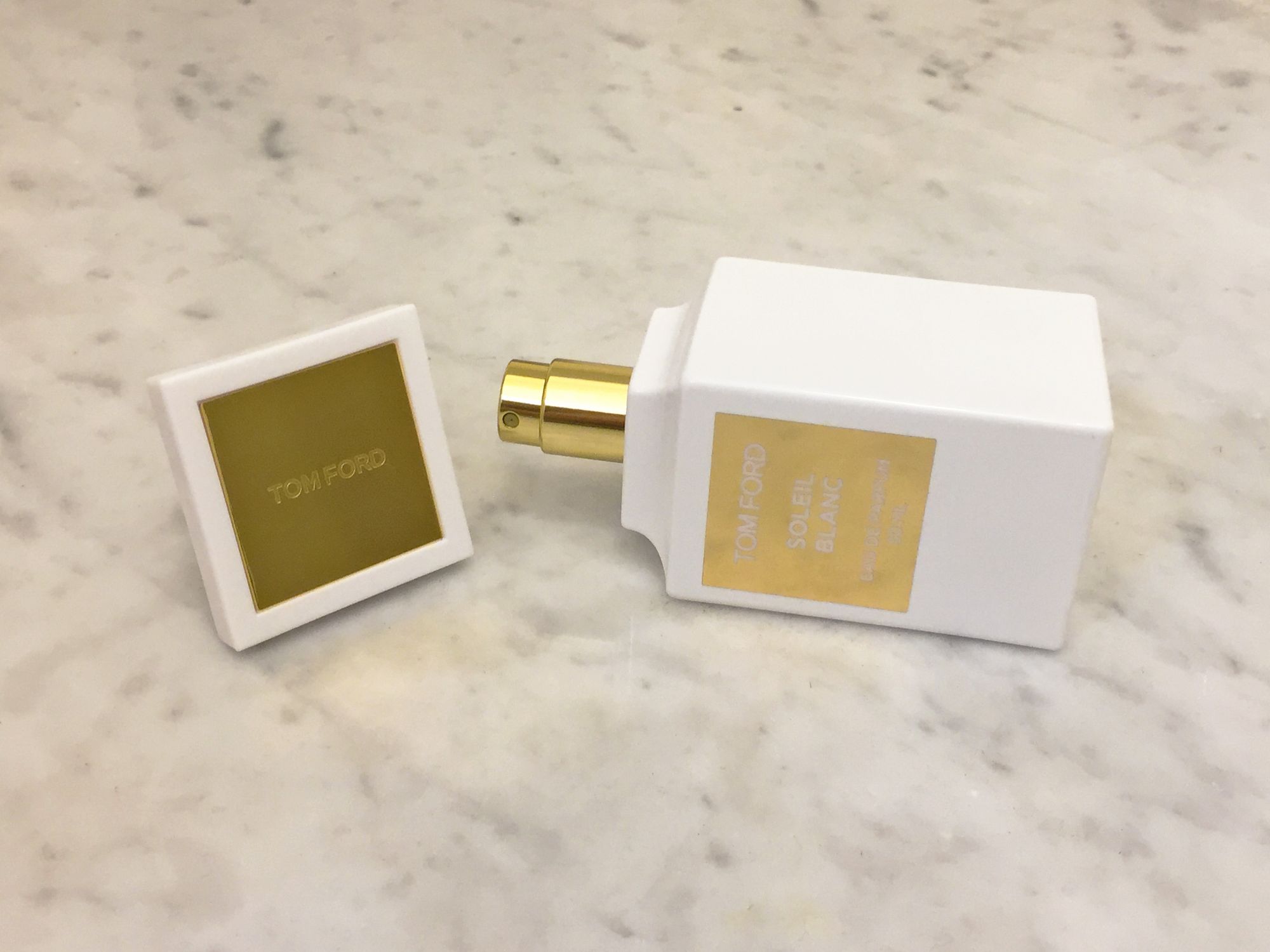
“Eau de Parfum” – Eau de Parfum is traditionally genderless and used by both women and men. The concentration is around 10-20% concentration. Lasts around 6-7 hours.
Eau de Toilette” – These are the most common fragrances and range from 4-15% of fragrance oils. It’s the most common concentrations for high-end fragrances. Lasts around 3 hours.
“Eau de Cologne” – AKA Cologne has only a 3-5% concentration of fragrance. The term was used mostly in the States to market towards men and more musky “masculine” fragrances. Lasts around 2 hours.
Body sprays, body splashes and after shaves – Usually contains only between 1-3% concentration of oil.
Perfume sticks – A newer application that we’re really into these days. Our friends at 10 Crosby by Derek Lam created parfum sticks, a perfumed wax version of the brand’s 5 scents. These sticks are great because you get the full-body of the scent without waiting to see how alcohol affects the dry-down of the scent as it evaporates. This is especially convenient for humid days where you sweat a lot. To me it looked and smelled like a really luxe tiny deodorant stick, and the scent had a fresh yet inoffensive appeal that made it something I’d want to keep in my bag to freshen up.
What else to look for.
Concentration is not the only thing that affects how your fragrance wears. Also important are the notes that make up the fragrance. What are notes?
Notes are the various colors of scents in your overall fragrance. They’re usually broken up into three categories: head (top), heart (middle), and base notes, which have to do with evaporation time.
Top notes are what you smell initially as you apply the fragrance. Top notes tend to be strong and apparent, and usually the ones to evaporate and dissipate the quickest.
Middle notes appear 20 to 60 seconds after applying, and base notes emerge usually after a minute or so of being on the skin. Middle notes tend to be more mellow, like floral scents.
Base notes are important because, along with the middle notes, they make up what the fragrance is going to wear like more long-term.
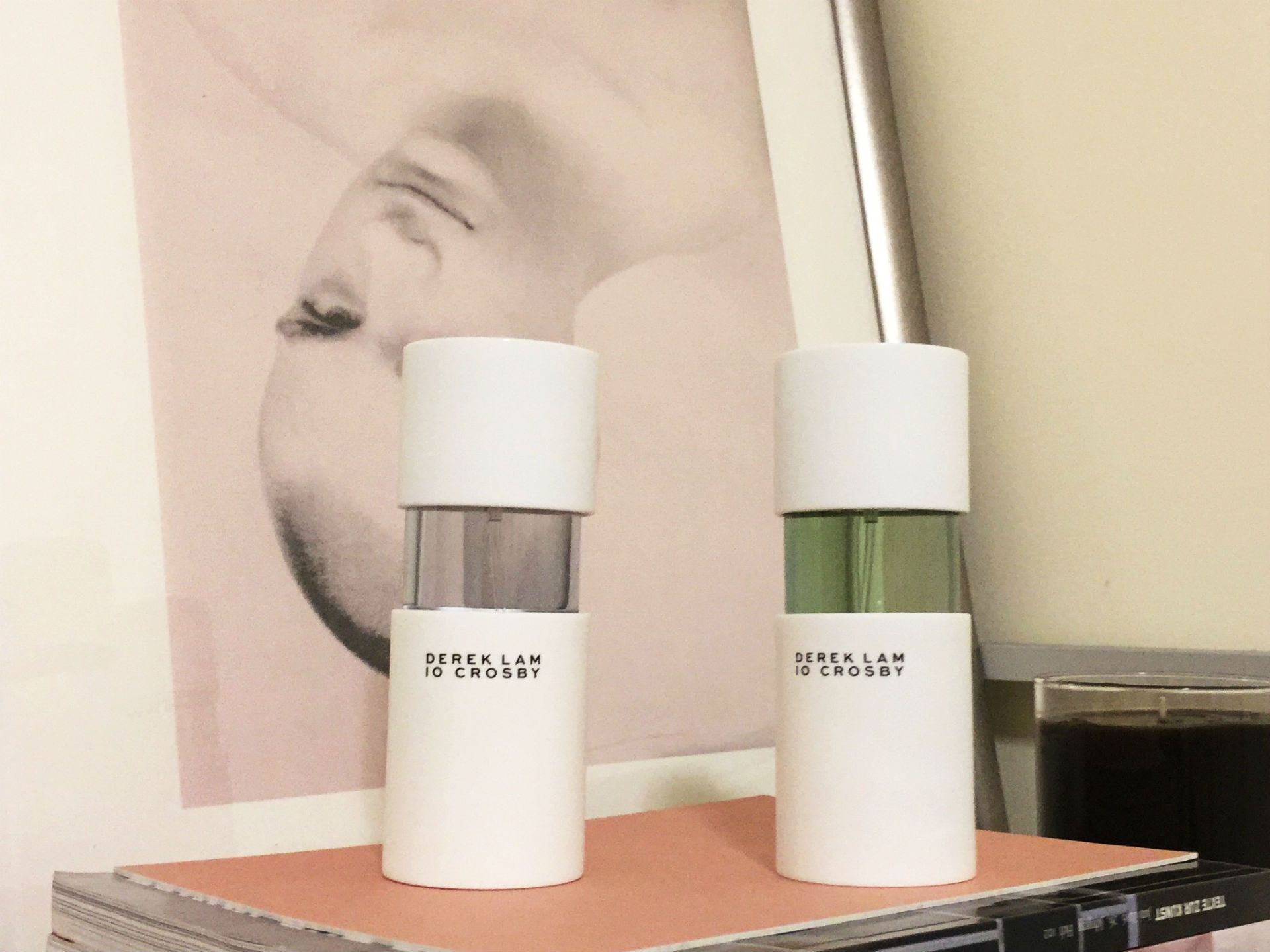
For instance, in Derek Lam’s “Rain Day,” the more floral middle notes emerge in the dry down and help to round-out the sharper top notes. The jasmine heart of 10 Crosby’s “Ellipsis” becomes most apparent as it contrasts with the darker sandalwood. Musky, smoky, and woody scents tend to form the base and can stay on your skin long after the other notes have dissipated.
On another fragrance we tested, Tom Ford’s Soleil Blanc, there’s sea coconut base notes that become the most prominent, even after its cardamom oil and amber notes wore off. This fragrance is especially complex in how its different notes interact. It smells like waking up at sunrise on a white sand beach with a new lover, but maybe I’m projecting.
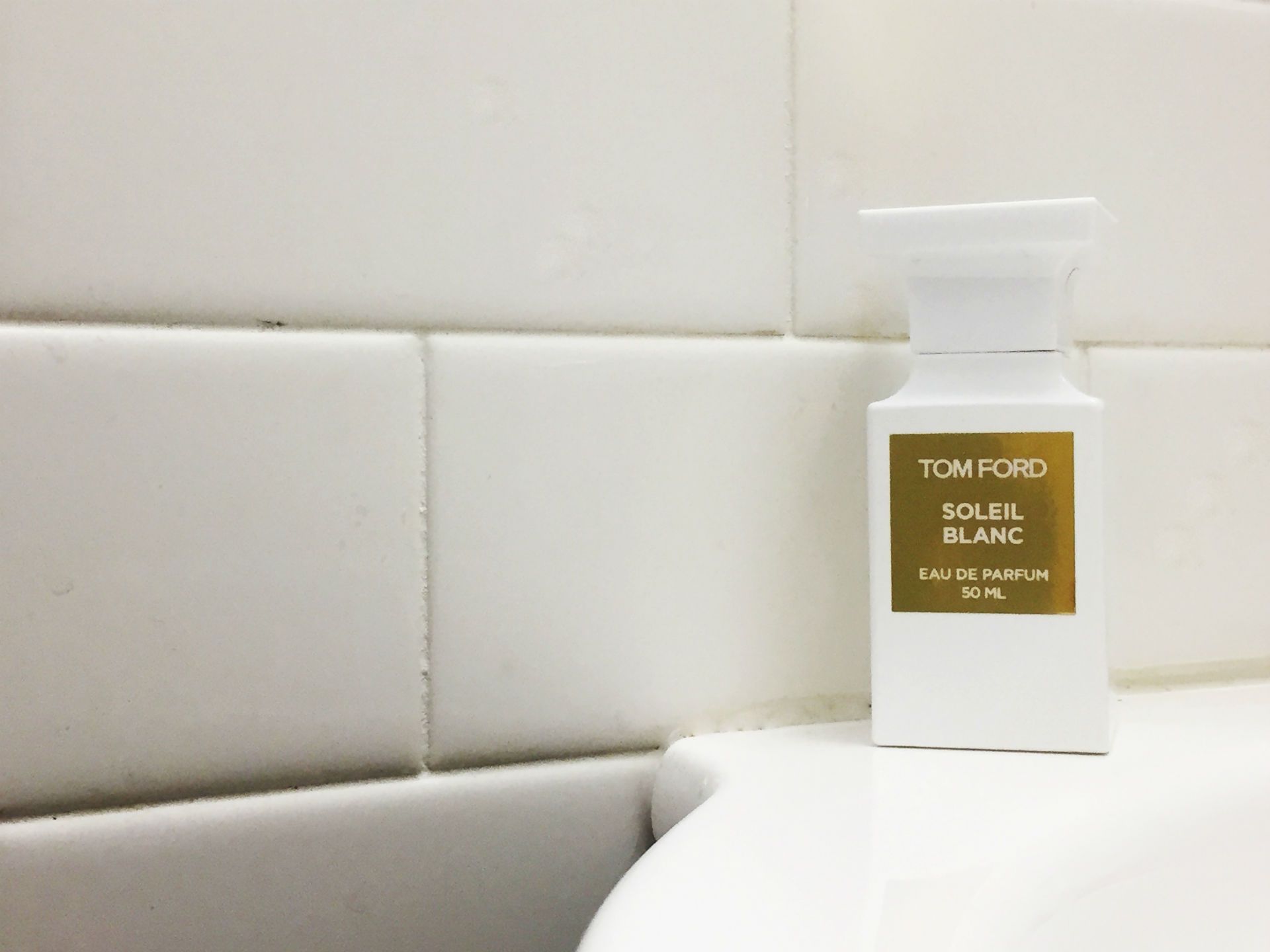
Ultimately, the most important part of fragrance wearing and buying is you.
Scent is a selfish pursuit, really.
When testing out fragrances you plan on using yourself, it is basically useless to spray it on a piece of paper. This is because fragrances smell completely and totally different once applied to your skin. Your body chemistry, namely your pheromones, affect how the ingredients in the fragrance react with your body. One man’s trash is another man’s Santal 33.



